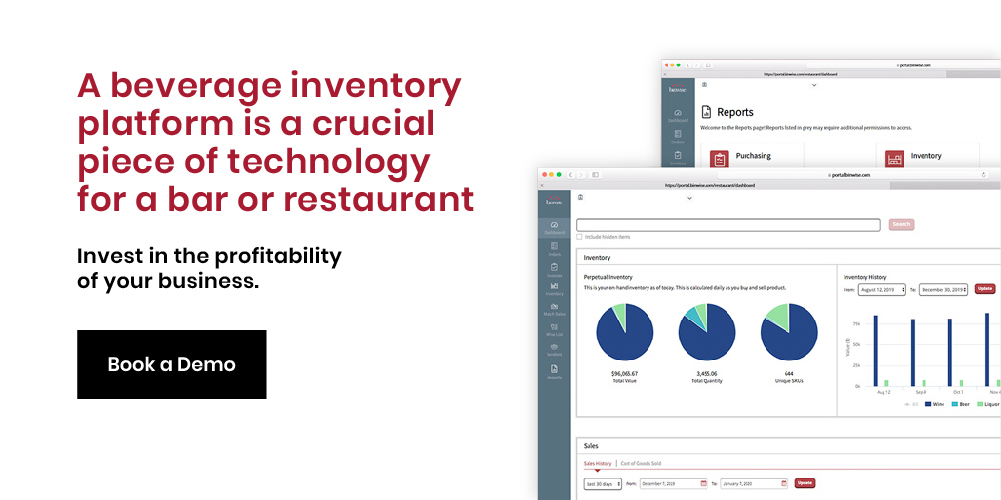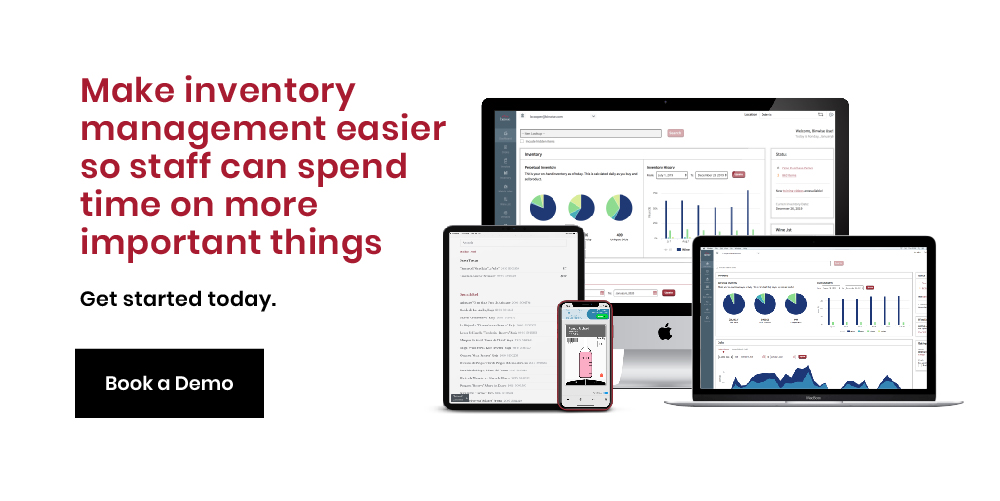Are you interested in brewing hard seltzer? Are you ready to make your own hard seltzer flavors? While the process may sound confusing on the surface, you can crack the code with the right approach.
In this article, we discuss how to brew hard seltzer, why you may want to do this, and frequently asked questions associated with the process.
Key takeaway: Anyone with the right knowledge can learn how to brew hard seltzer.
The Ins and Outs of Brewing Hard Seltzer
There’s more than one way to brew hard seltzer, but you don’t want to get ahead of yourself as a first-timer. Instead, stick to the basics, master that process, and make changes as you learn more.
Here are seven tips on how to brew hard seltzer (which helps you understand how hard seltzer is made).

1. Start with Quality Water
Water is the primary ingredient in hard seltzer, so its quality directly impacts taste. Use spring water or filtered tap water to ensure a clean profile. Avoid distilled water, as its lack of minerals can lead to a flat taste.
In addition, water's pH and mineral content can influence fermentation. You might consider testing and adjusting the water to achieve a balanced profile. Some brewers even mimic the water profiles of renowned brewing regions to elevate their seltzer's taste.
2. Choose the Right Yeast
While many yeasts can ferment sugar, a champagne or wine yeast is ideal for hard seltzer. They ferment cleanly, ensuring a neutral taste and preventing off-flavors. Ensure a healthy fermentation by rehydrating the yeast before pitching.
Beyond choice, yeast health is critical. Ensure you provide the right nutrients, as simple sugars don't offer all the nutrients yeast require. A yeast nutrient can support robust fermentation and minimize by-products that can influence flavor.
3. Maintain Proper Fermentation Temperatures
Maintaining consistent fermentation temperatures is crucial. Typically, 60-70°F (15-21°C) is the sweet spot. Temperatures too high can speed up fermentation, leading to off-flavors, while too low can stall the process. Use a fermentation chamber or cooling jackets to regulate.
Monitoring is equally important. Invest in a reliable thermometer and check temperatures regularly. Temperature swings can stress the yeast, so strive for a steady environment. If you notice fluctuations, take corrective measures promptly.
4. Use Simple Sugars
Hard seltzer's distinct clarity comes from fermenting simple sugars, like dextrose or table sugar, which leave no residual flavors or colors. Avoid malt extract or grains, as these can introduce unwanted hues and tastes.
Additionally, the concentration of sugar determines alcohol content. Use a hydrometer to measure the original gravity, and adjust the sugar content accordingly. Remember, a balanced sugar content ensures a smooth mouthfeel and appropriate alcohol strength.
5. Keep it Sanitary
Like all brewing processes, cleanliness is paramount in hard seltzer production. Any contamination can lead to off-flavors or spoilage. Sterilize all equipment and avoid introducing wild yeast or bacteria.
Routine inspection and maintenance of equipment can prevent unwanted intrusions. Check seals, tubing, and other components for wear or damage. When sanitizing, be thorough—taking extra time here can save a batch from ruin.
6. Fine-Tune with Flavorings
Post-fermentation is the perfect time to add flavors. Whether you opt for natural fruit purees, extracts, or essential oils, ensure they're food-grade and free from sugars that could restart fermentation.
Experimentation is key. Start with small batches and different flavor combinations to find what appeals most to your palate. And remember, less is often more—adding flavors incrementally allows better control and prevents overpowering the seltzer's subtle profile.
7. Clarify and Carbonate
To achieve the crystal-clear appearance of commercial hard seltzers, consider using fining agents like gelatin or isinglass. After clarifying, carbonate the seltzer to your preference using forced carbonation or priming sugars.
Carbonation level plays a big role in mouthfeel and drinkability. Whether you prefer a gentle fizz or a sharper bite, adjusting the CO2 levels is crucial. Use a carbonation chart or calculator to ensure precise results, leading to a refreshing and effervescent beverage.

Brewing Hard Seltzer for Your Bar or Restaurant
While there’s nothing wrong with buying hard seltzer wholesale and selling it to your customers, there may come a point when you want to brew your own. There are many benefits of doing so, including the following.
1. Customization and Brand Distinctiveness
By brewing their own hard seltzer, bars and restaurants can create unique flavor profiles that cannot be found anywhere else. This offers an opportunity to tailor recipes to the preferences of their clientele or to pair perfectly with specific dishes on their menu. A signature hard seltzer can become a unique selling point (USP), enticing customers to return for that exclusive taste.
Furthermore, by experimenting with seasonal or local ingredients, establishments can offer limited-time flavors, generating buzz and encouraging frequent visits to sample new concoctions.
Note: This is one of the fastest growing hard seltzer trends.
2. Cost Efficiency
Commercially branded hard seltzers come with a markup, which bars and restaurants then pass onto the consumer. Brewing in-house provides an avenue to significantly reduce costs, as raw ingredients—like sugar, water, and yeast—are relatively inexpensive. After the initial investment in brewing equipment, the per-unit cost can be considerably lower than purchasing branded products.
This allows the establishment to either boost its profit margins or offer competitive pricing to its customers, providing an advantage over competitors relying solely on commercial brands.
3. Sustainability and Control Over Ingredients
Brewing hard seltzer in-house gives establishments direct control over the sourcing of ingredients. Bars and restaurants can prioritize local, organic, or sustainable ingredients, aligning with the growing consumer demand for ethical and environmentally-friendly choices.
Brewing on-site reduces the need for transportation, packaging, and the associated carbon footprint of commercial products. By promoting these sustainable practices, establishments can appeal to an eco-conscious customer base and differentiate themselves in an increasingly crowded market.
Frequently Asked Questions About Brewing Hard Seltzer
It’s common to have questions about how to brew hard seltzer. These three are among the most common.
What type of yeast is best suited for brewing hard seltzer?
Champagne or wine yeast is ideal for hard seltzer due to its clean fermentation characteristics. This type of yeast ensures a neutral taste and minimizes the chance of off-flavors.
How do you flavor hard seltzer after fermentation?
Post-fermentation, hard seltzer can be flavored using natural fruit purees, extracts, or essential oils. Always ensure these flavorings are food-grade and free from sugars that could restart fermentation.
What's the key to achieving the crystal-clear appearance typical of commercial hard seltzers?
To attain a clear appearance, brewers can use fining agents like gelatin or isinglass post-fermentation. After clarifying, carbonation helps further enhance the beverage's appeal and effervescence.
Does hard seltzer go bad?
The short answer is no, but hard seltzer can go bad if you don’t store it appropriately. If you’re going to brew hard seltzer, be sure that you have a plan for protecting your inventory.

Are You Ready to Brew Hard Seltzer?
By now, you realize there are many benefits of brewing hard seltzer. Not only is the process fun, but it can also help grow your restaurant’s profit margin. On top of that, if you’re opening a bar, this helps set your establishment apart from the competition.
Once you have your restaurant menus in place — complete with hard seltzer cocktails — technology can help you maintain your inventory.
Get in touch with the pros at BinWise and BlueCart to learn more about their advanced solutions.
The BinWise Pro inventory program gives you peace of mind with a streamlined perpetual inventory system. BlueCart’s order management software simplifies your order management system.
With all this technology guiding you, you’ll always have what you need to offer your customers the hard seltzer and hard seltzer food pairings that are perfect for them. And with that, customer satisfaction will go through the roof.

.png)